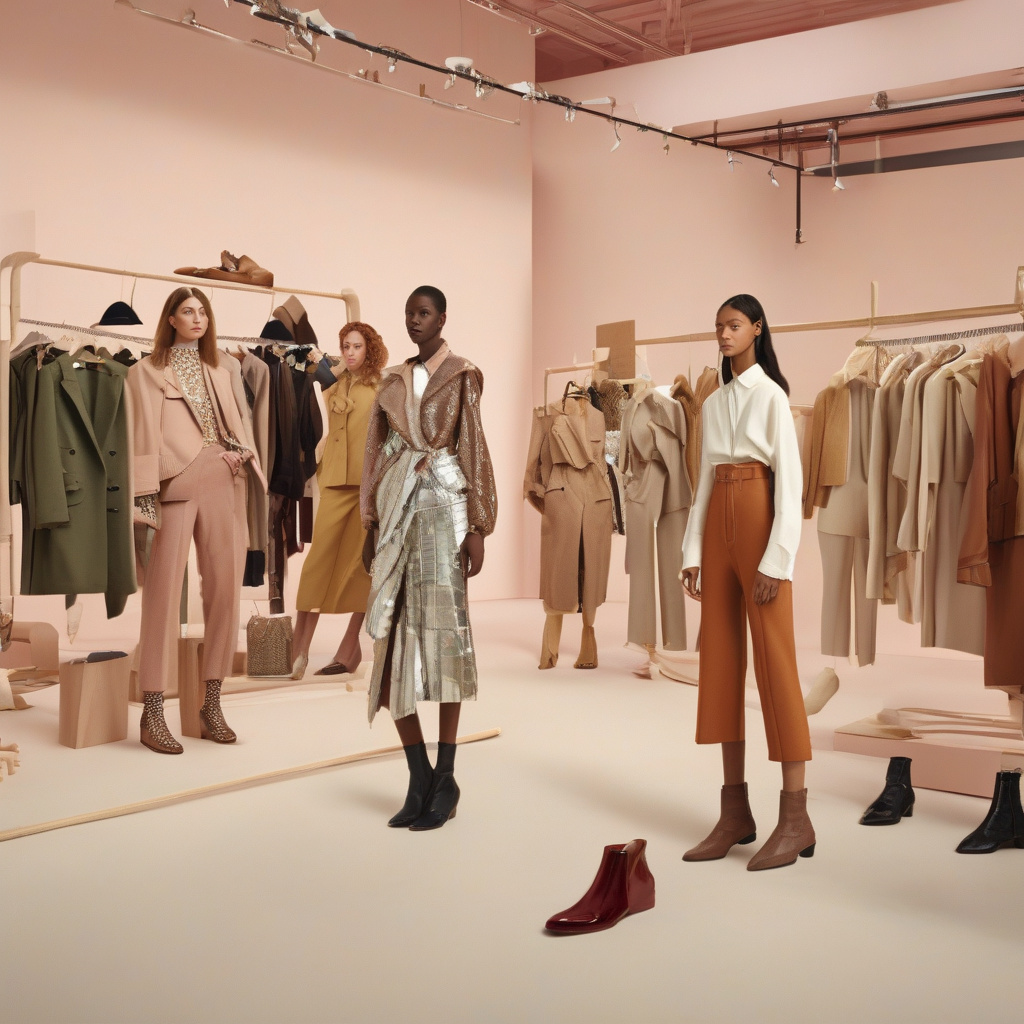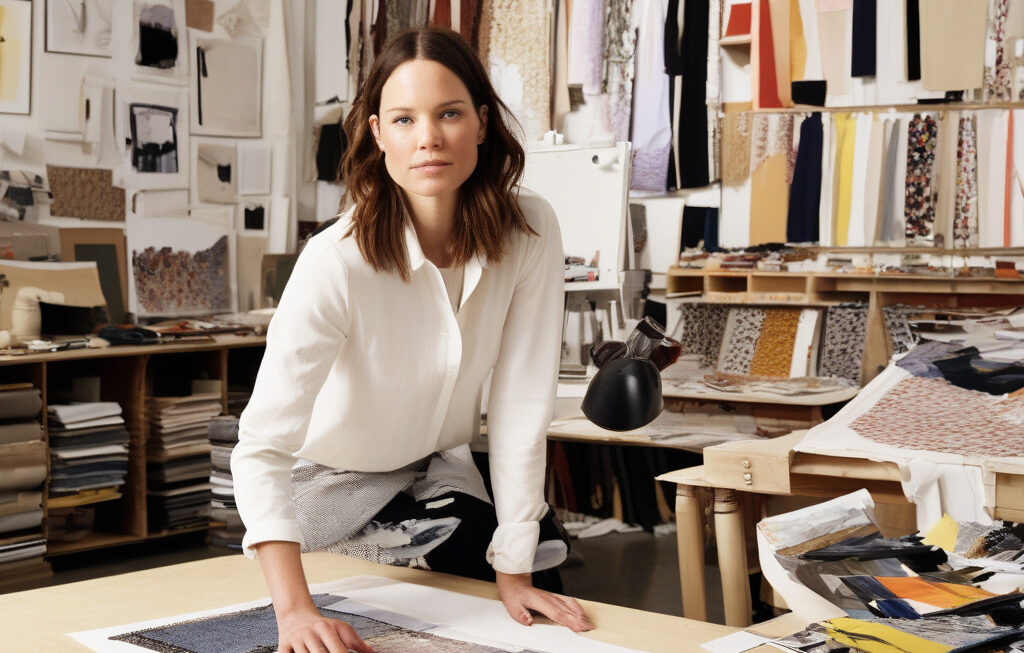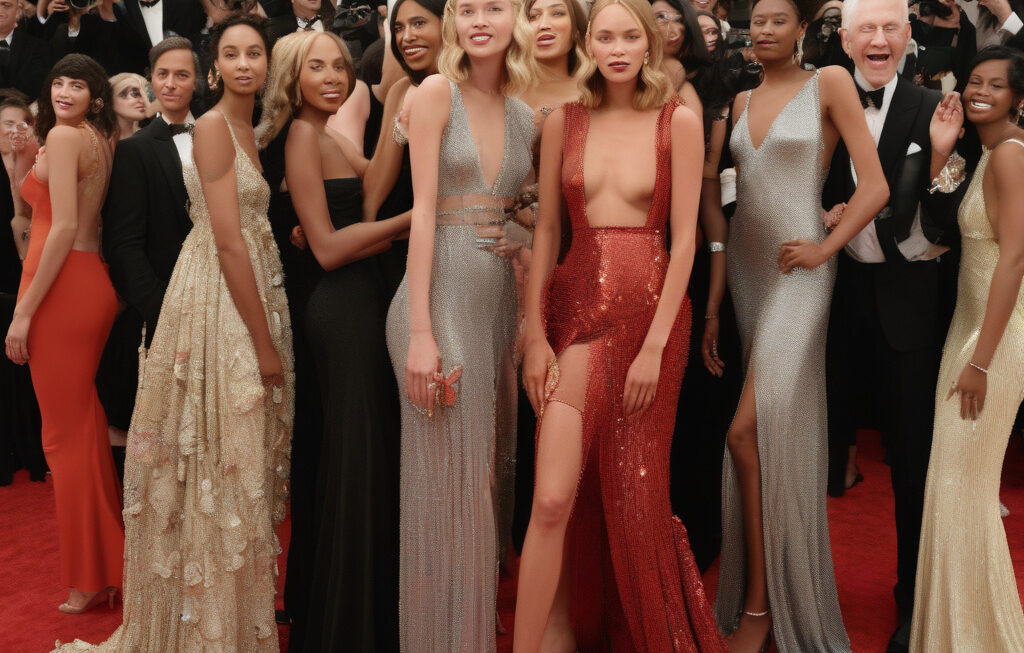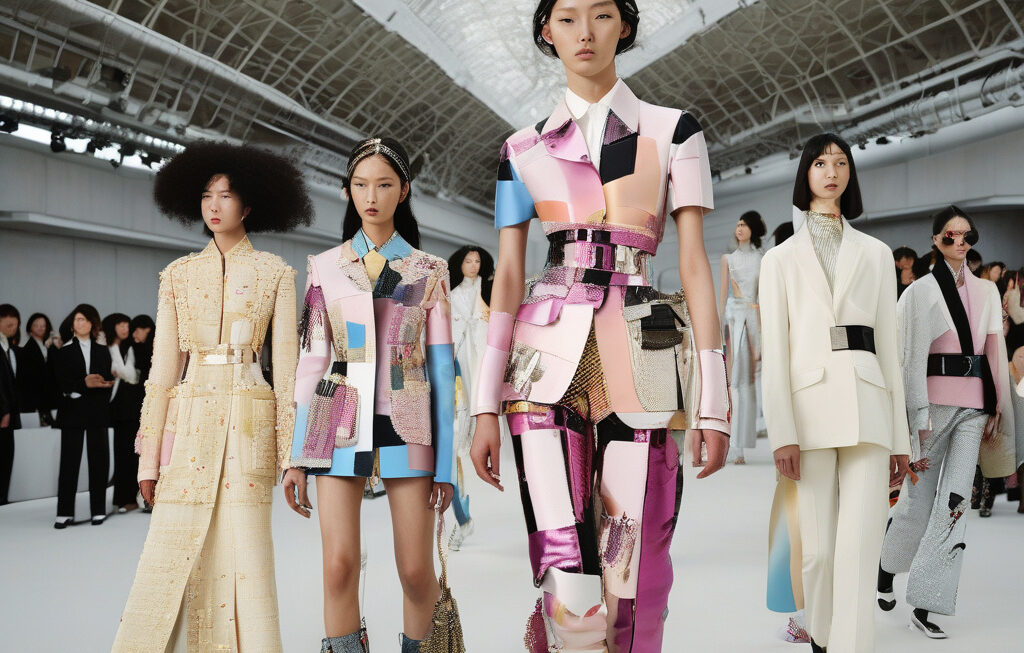Sustainability Takes a Back Seat, Even at Sustainable Fashion Brands
In the ever-evolving landscape of fashion, sustainability has become a buzzword synonymous with ethical practices and environmental consciousness. For years, consumers have been drawn to brands that tout their commitment to sustainable fashion, believing that they are making a positive impact with their purchasing choices. However, in a challenging market, a generation of brands that helped pioneer ‘sustainable fashion’ are shifting their sales pitch, letting design, not values, do the talking.
It’s no secret that the fashion industry is one of the most polluting industries globally, with vast amounts of water, chemicals, and energy being used in the production of clothing. As consumers become more aware of the environmental and social impacts of fast fashion, there has been a growing demand for sustainable alternatives. Brands that once placed sustainability at the forefront of their marketing strategies are now pivoting towards a more design-centric approach to appeal to a broader audience.
Take, for example, the case of a well-known sustainable fashion brand that initially gained popularity for its commitment to using organic materials and ethical labor practices. Over time, as competition in the sustainable fashion market increased, the brand found itself struggling to stand out among a sea of similar eco-friendly options. In response, the brand made the decision to shift its focus towards innovative designs and trend-setting collections, relegating its sustainability efforts to the background.
This shift in strategy reflects a broader trend in the fashion industry, where brands are recognizing the need to balance sustainability with commercial success. While some may argue that this move dilutes the brand’s commitment to sustainability, others see it as a necessary evolution to ensure longevity in a competitive market. By prioritizing design and creativity, these brands are able to reach a wider audience and drive sales without compromising their values entirely.
However, the question remains: is it possible to truly be sustainable while prioritizing design over values? Some critics argue that by downplaying their sustainability efforts, these brands are greenwashing – presenting a misleading image of environmental responsibility to consumers. Without transparent communication about their supply chain, production processes, and overall impact, brands risk undermining the trust of consumers who value authenticity and integrity.
On the other hand, proponents of this shift argue that by focusing on design, sustainable fashion brands can attract a broader customer base and inspire more significant change within the industry. By creating desirable, well-crafted pieces that resonate with consumers on a deeper level, these brands have the opportunity to influence mainstream fashion trends and promote a more sustainable approach to style.
Ultimately, the success of sustainable fashion brands in balancing design and values lies in their ability to find a harmonious middle ground. By leveraging creativity and innovation while maintaining a strong commitment to sustainability, these brands can navigate the complexities of the fashion industry and carve out a unique position in the market. As consumer demand for ethical and eco-friendly fashion continues to grow, brands that can strike this balance are poised to lead the way towards a more sustainable future for the industry.
In conclusion, while it may seem that sustainability is taking a back seat at some sustainable fashion brands, the reality is more nuanced. By placing a greater emphasis on design and creativity, these brands are adapting to the demands of a competitive market while still upholding their commitment to sustainability. As the fashion industry continues to evolve, finding this equilibrium between design and values will be crucial for the success and longevity of sustainable fashion brands.
sustainability, sustainablefashion, fashionindustry, designvsvalues, ethicalconsumerism












